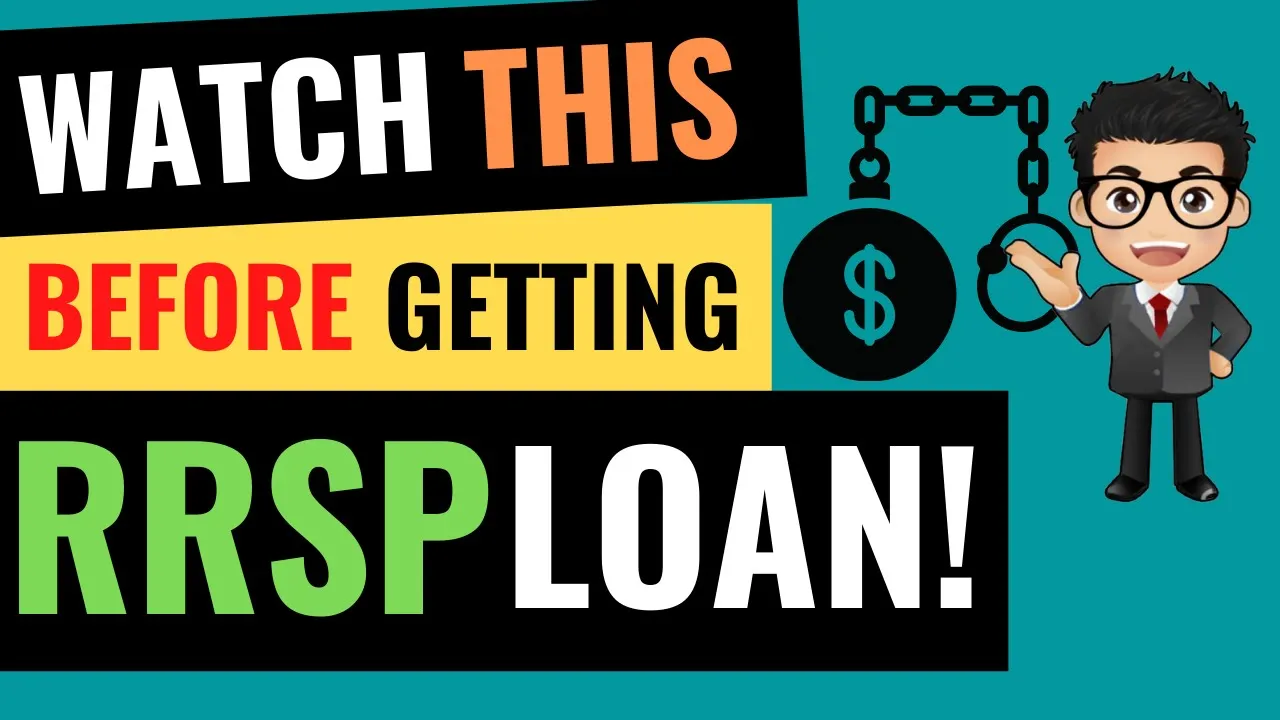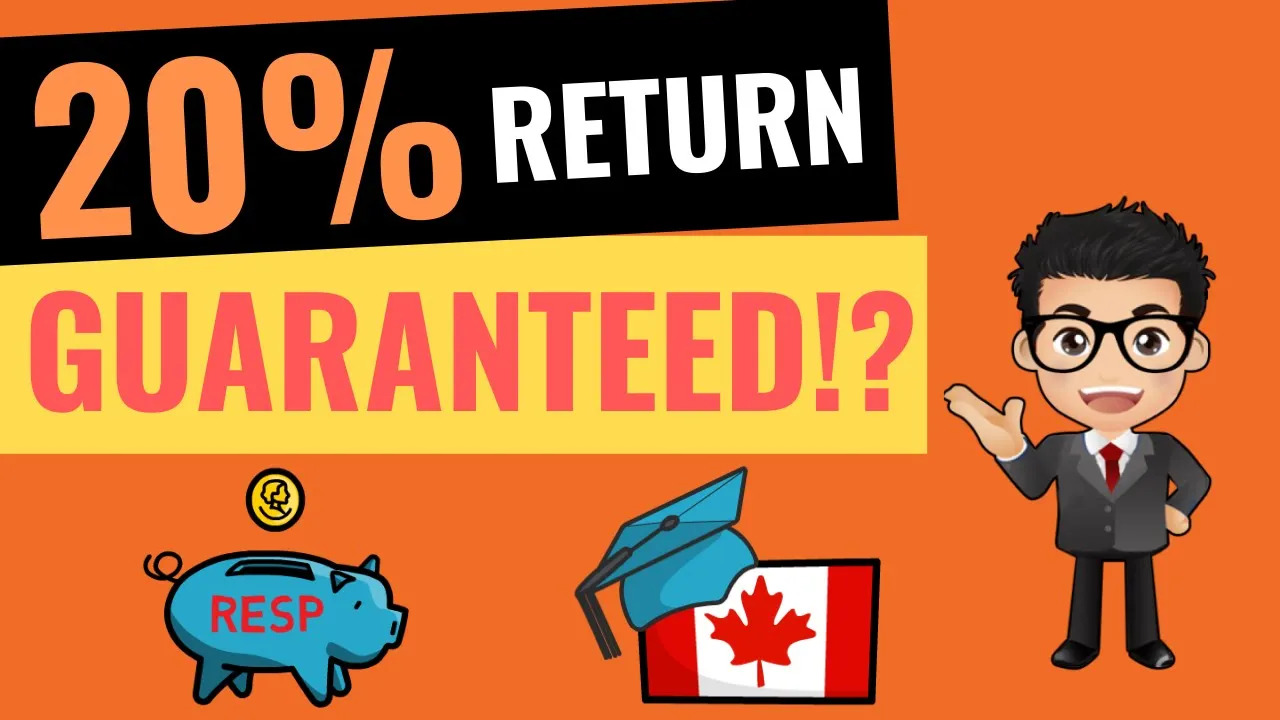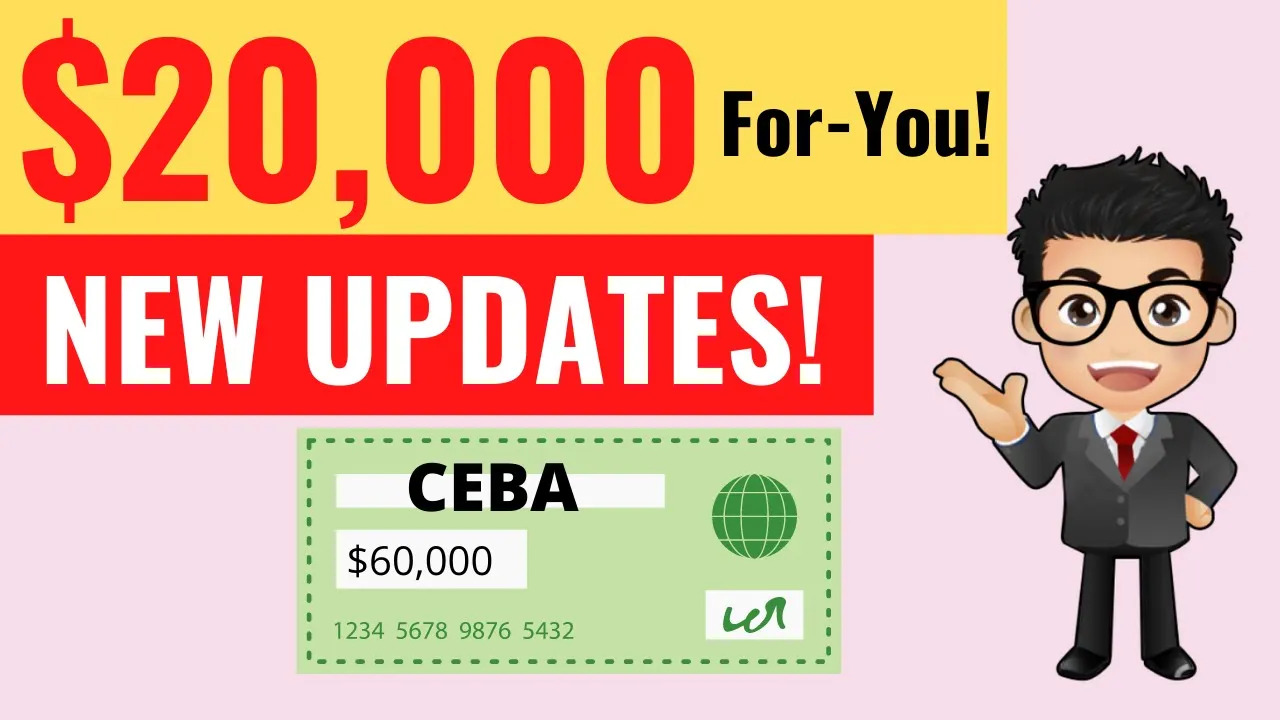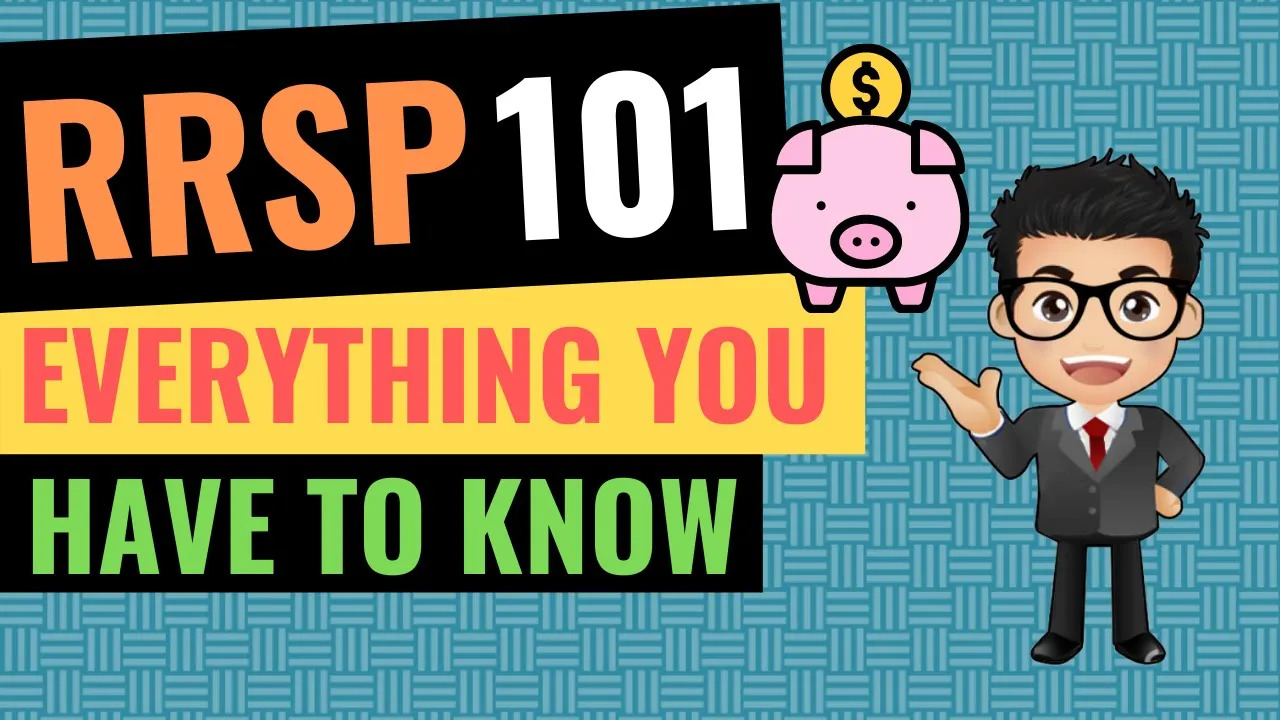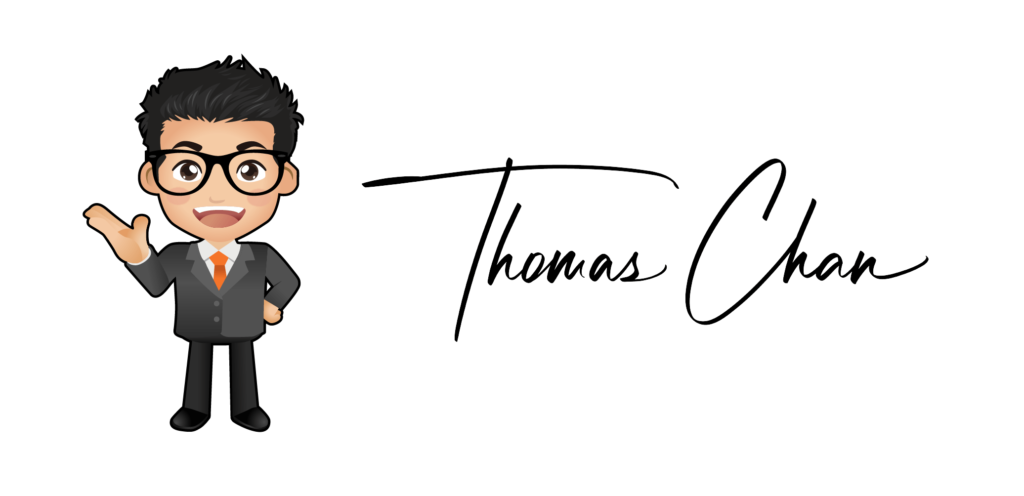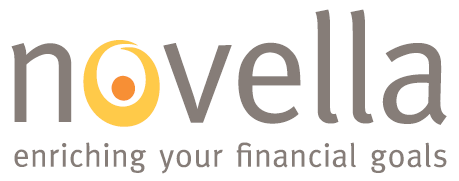Should you get an RRSP loan?
If there’s one key takeaway from this post on RRSP loan, it’s this: don’t do it. In this blog, I’m going to cover what is an RRSP loan, how does it work, the pros & cons of a RRSP loan and is it a good idea to borrow money for RRSP. Did you know 8 out of 10 times, we could be doing the RRSP loan wrong? As a financial advisor for over 10 years, I typically do not recommend an RRSP loan for the average Canadian.
Right now as we are entering the RRSP season where you’ll see lots of banks are promoting RRSP. Included in promoting for RRSP, they’ll also tell you about the benefits of getting an RRSP loan. The banks make them sound very attractive for everyone but the reality is that it is only beneficial to a few people. Read on to see if it’s you.
What is an RRSP loan and who is it for?
An RRSP loan is an example of “borrow to invest”. It’s a special loan that you can use towards your RRSP contributions. From a consumer’s perspective, this loan is attractive because it’s easy to approve and the interest rate is often pretty low. The idea is that you take on the loan, put that money into your RRSP and boost the tax return, and then you take the tax return to pay off a portion of what you borrowed.
What’s more, the first payment is usually deferred by 90 days, meaning that if you take an RRSP loan in February (which is before the RRSP deadline) you can generate a tax refund in April to pay down a huge chunk of your loan. So, an RRSP loan is an option that gives you a better tax return as well as some time.
When to consider an RRSP loan…
Let’s go through an example. Let’s assume Jane is in the 40% tax bracket. She has $10,000 and is ready to contribute to her RRSP before the deadline. She still has $50,000 room for her RRSP. What Jane could do is borrow an additional $40,000 from the RRSP loan to top up her RRSP. In this scenario, she can get $20,000 back in tax returns. She can then use the $20,000 towards her loan and pay off the remaining $20,000 over the course of the year. And now she has $50,000 in her RRSP account.
Perfect scenario!
An RRSP loan is especially useful if you are in the following 2 scenarios:
1) If you received a sudden huge bonus or paycheck.
2) If you are coming close to retirement and have a lower income.
In these two cases, an RRSP loan can help you to defer tax, top up your RRSP contributions and save income for your retirement.
When to avoid getting an RRSP loan…
Now let’s have a deeper look at some situations where an RRSP loan might not be ideal. In the past ten years, I find that people who use an RRSP loan find themselves in an endless circle of borrowing and paying off debt. So it does more harm than good!
I’ll go over 3 major drawbacks and I also want to also talk about alternatives.
3 Major drawbacks of the RRSP loan
- Vicious cycle of borrowing and paying off the loan
This is the core problem. Usually, someone doesn’t have enough money to contribute – so they end up borrowing. But now they are busy all year paying off the loan. Next February they find themselves in the same situation again. They don’t have enough money to contribute to their RRSP. So they take another loan – and they are playing catch up again. Usually, the banks can offer the loan period up to 2 to 5 or even 10 years. That also means you are using 2 years to pay off 1 year of the loan.
Remember: the essence of an RRSP loan is to top up, not to play catch up!
The problem here is a behavioral aspect. If you don’t have the discipline to contribute to your RRSP regularly throughout the year, then how do you expect to stick to a loan payment over the next 12 months?
And If you do have the discipline, don’t use it for an RRSP loan. Instead, contribute to your RRSP account regularly throughout the year.
- It hurts your purchasing power
For your RRSP loan, you have to pay both principal and interest together per month.
If you want to get a mortgage, for example, the bank will look at your TDSR. TDSR stands for “Total debt service ratio.” This is the percentage of your income you are allowed to use for housing or car leases. It refers to the portion of a borrower’s gross monthly income that goes towards repaying the monthly obligations, including the loan being applied for. Usually the magic number is 40 – 44%. Meaning your monthly debt payment cannot be 40% more of your monthly gross income.
Using the previous example, let’s say you are paying $2,000 a month to pay off the RRSP loan, and your income is about $10,000 a month, that means your loan is eating away 20% of your TDSR.
Sometimes an RRSP loan might not be reflected in the credit bureau – but would you like to take that risk when you are applying for your next mortgage?
- Tighter cash flow
What’s more, an RRSP loan limits your cash flow for the next 6-12 months because that is the usual timeframe it takes to pay back your loan. Think about it, even if you “only” need to pay $250 a month towards your loan – that’s $250 you can’t use for anything else.
What if something unexpected happens? Any extra payments around the house of car repairs could be a risk to you. In the end, you might have to borrow even more money – like a line of credit or owe a credit card balance. And those interest rates are much higher. Or you have to take out from your RRSP again, which adds on your this year’s income.
As you see, it can quickly turn into a vicious cycle. So be smart about it.
I am a person who also believes in borrow to invest, but an RRSP loan is not the best idea in many situations. However, here are some alternatives that you might want to consider.
Alternatives to RRSP loans
If you need to top up your RRSP but you have no additional source:
You can take out some of your TFSA accounts and top up your RRSP contribution.
Unlike RRSP, the room for TFSA will reset after the calendar year. So you can take it out on Dec 31, and the TFSA room will reset on Jan 1 next year.
Another choice will be using a home equity line of credit. The interest rate will be similar to an RRSP loan. and it’s interest only, so it will not take away too much of your TDSR.
But for sure you need to have a property in the beginning.
Or you can consider a leverage loan which I’ve covered in this previous video.
Either way, before you proceed, talk to a professional to make sure you are fit with the strategy. You can book a time with me for a complimentary consult and I can better assess your specific situation.
Final thoughts
Please understand that an RRSP loan can still be a good idea in some cases.
But before you take the loan, ask yourself:
- Why are you doing an RRSP loan?
- Is it to get more tax refund? Or are you simply seeking an investment opportunity?
- Are you playing top-up or catch up?
- And finally, what’s your overall savings strategy?
Be aware that especially during RRSP season, banks are playing to our needs of instant gratification with their well-timed RRSP marketing. But an RRSP loan isn’t necessary if repaying a loan doesn’t fit into your financial plan, or if you already have the discipline to make regular contributions to your RRSP throughout the year.
I’d like to hear from you – do you have any experience with RRSP loans? How was it for you?
If you want to keep learning about growing your financial wealth in Canada, subscribe to my YouTube channel and let me know below what topics or questions you have. Need a financial consult? Book a complimentary time with me and I’d be happy to help you out.

